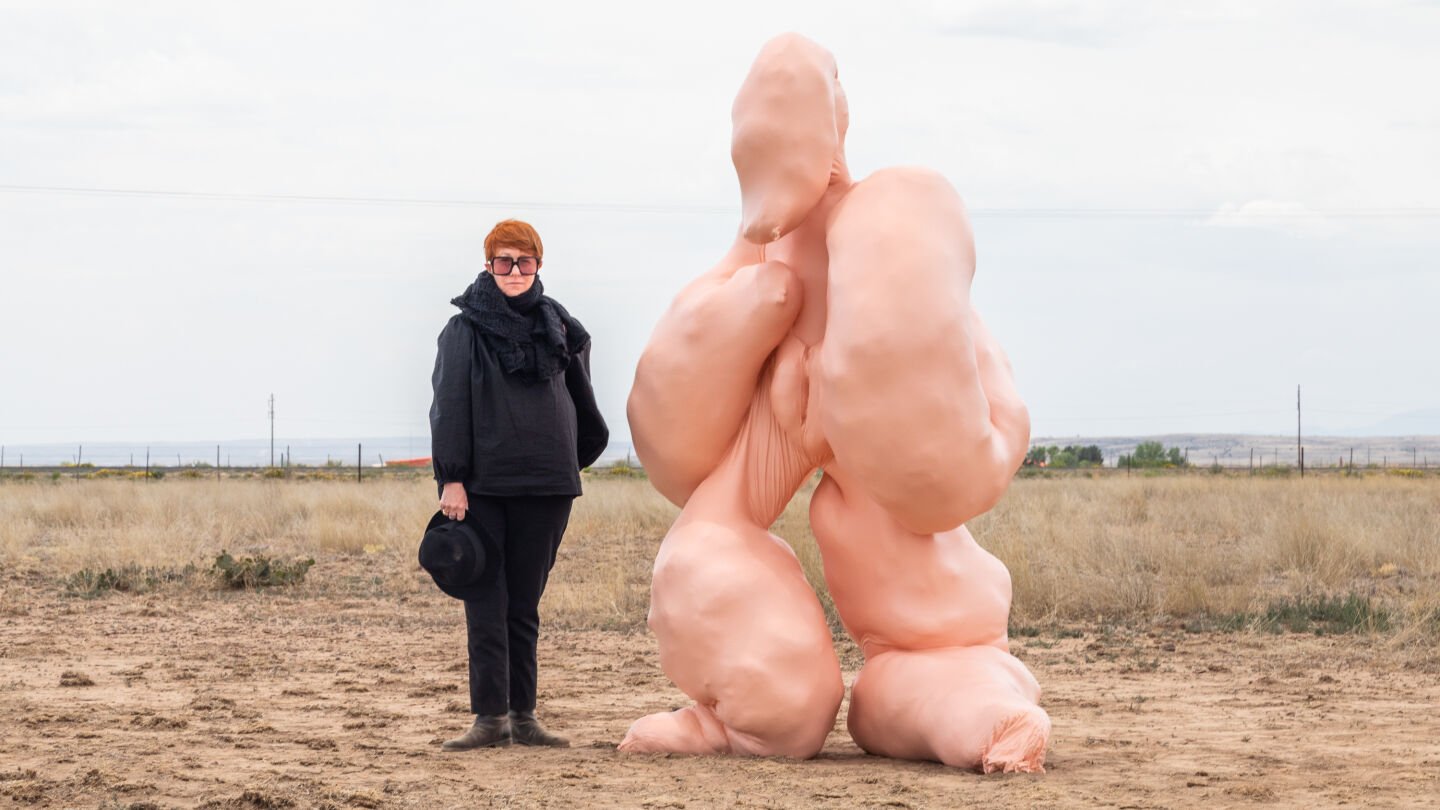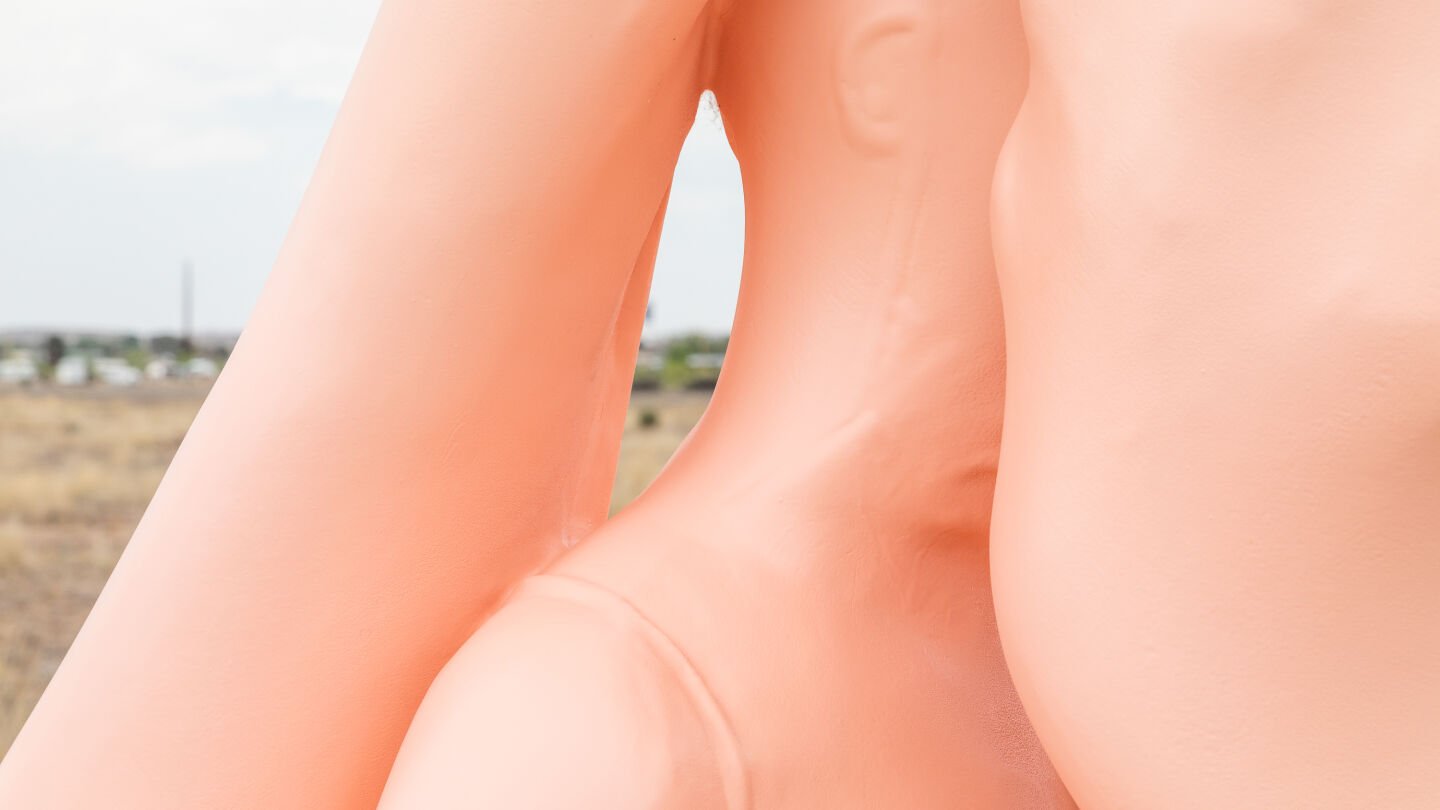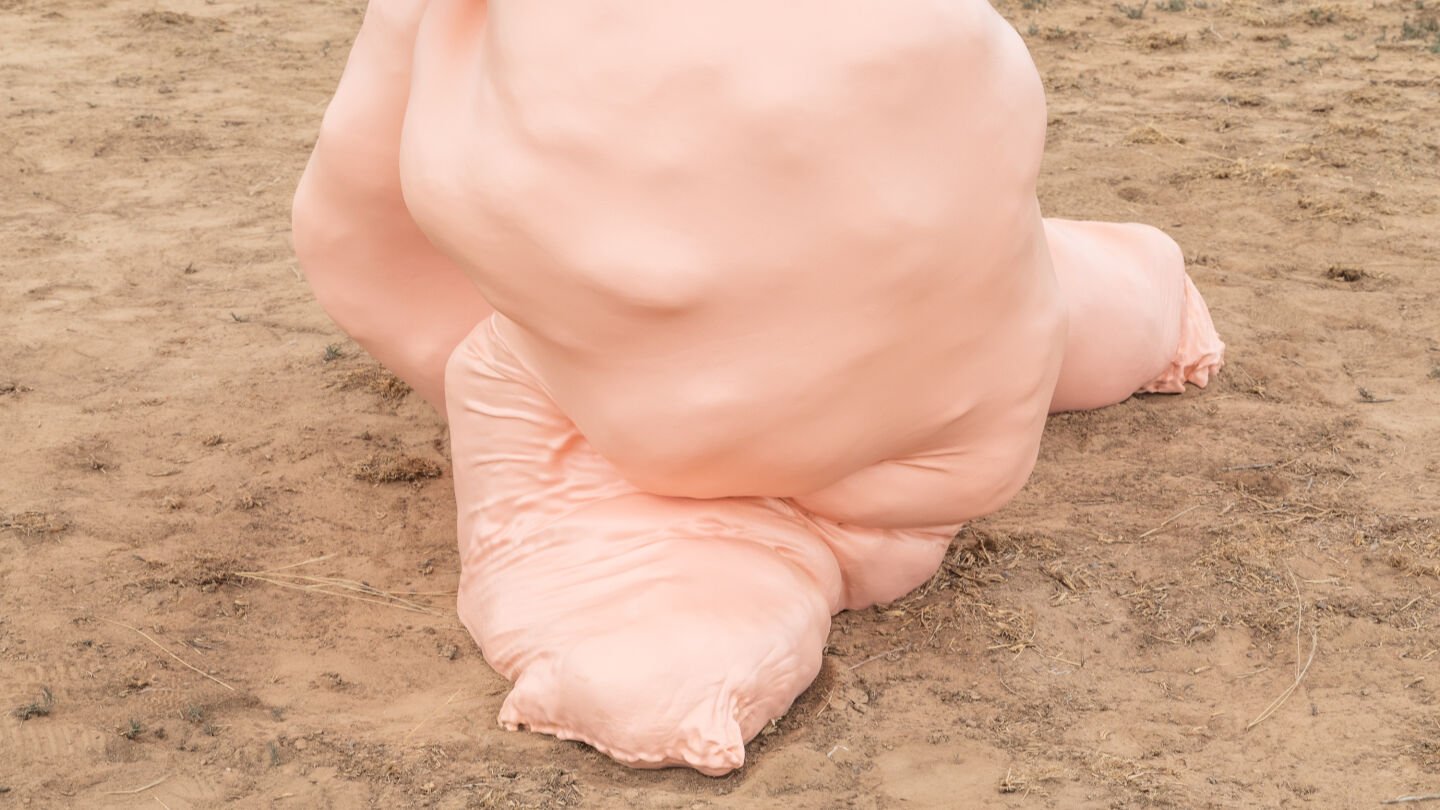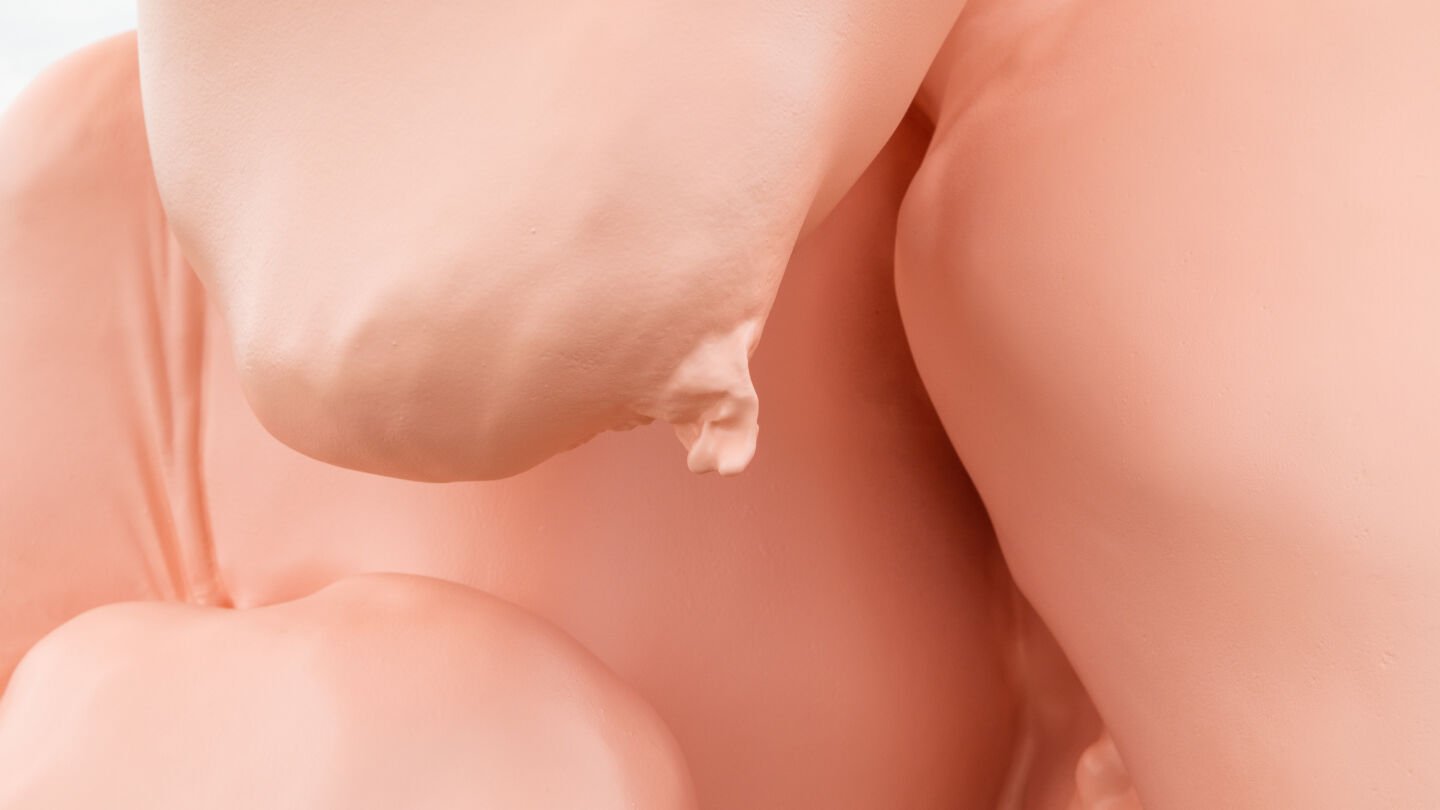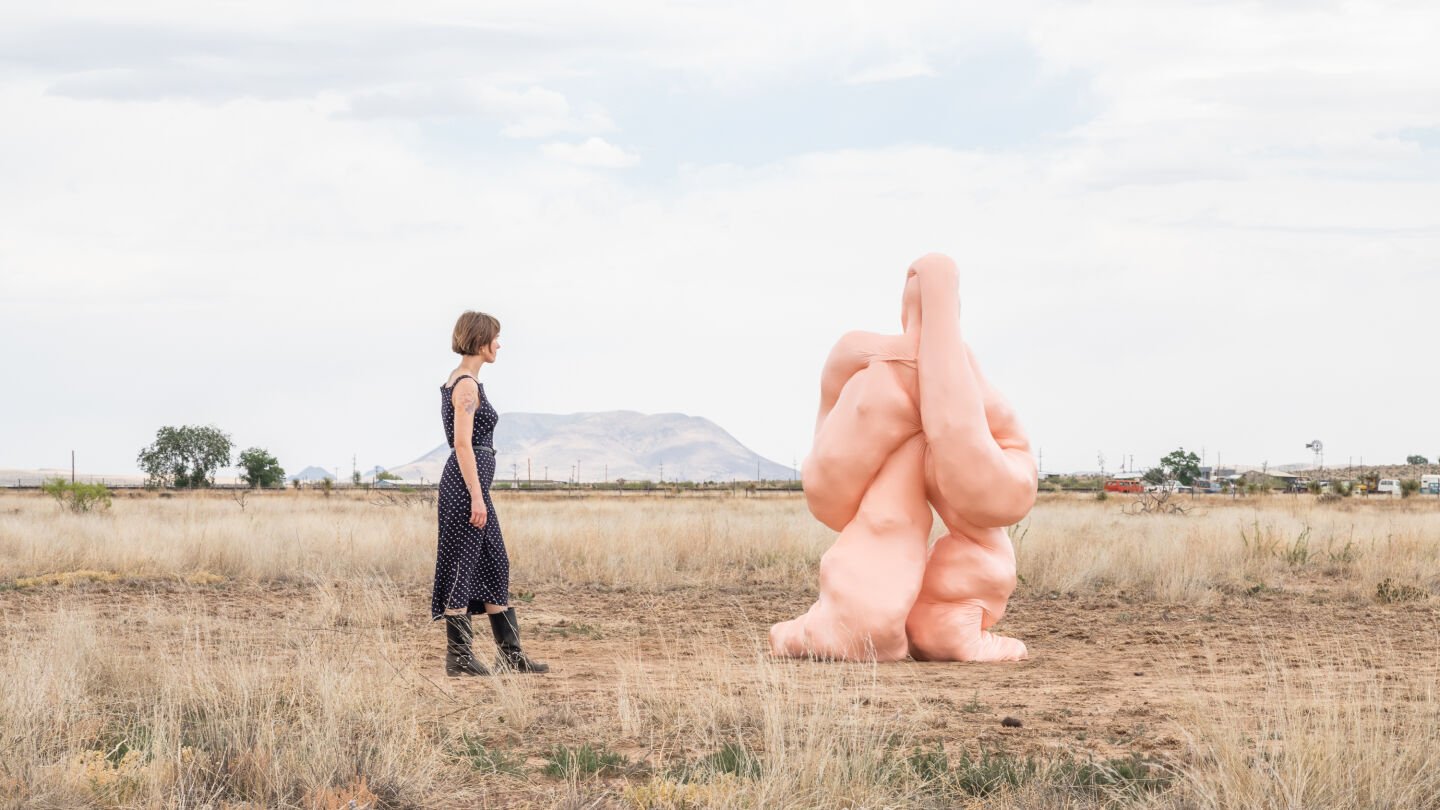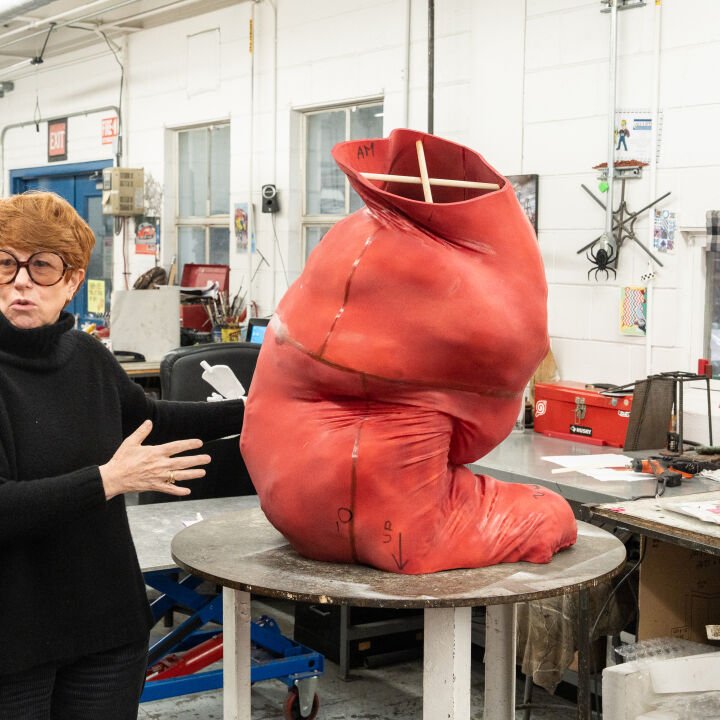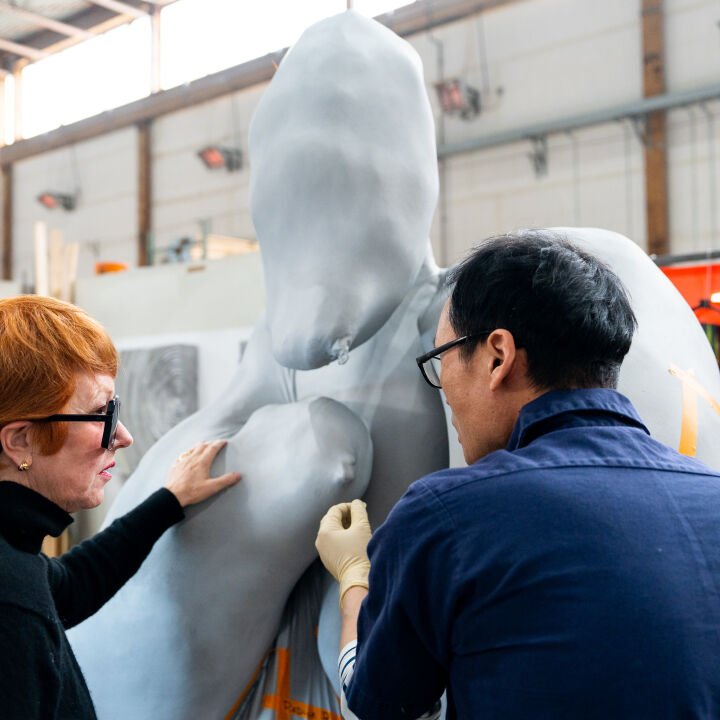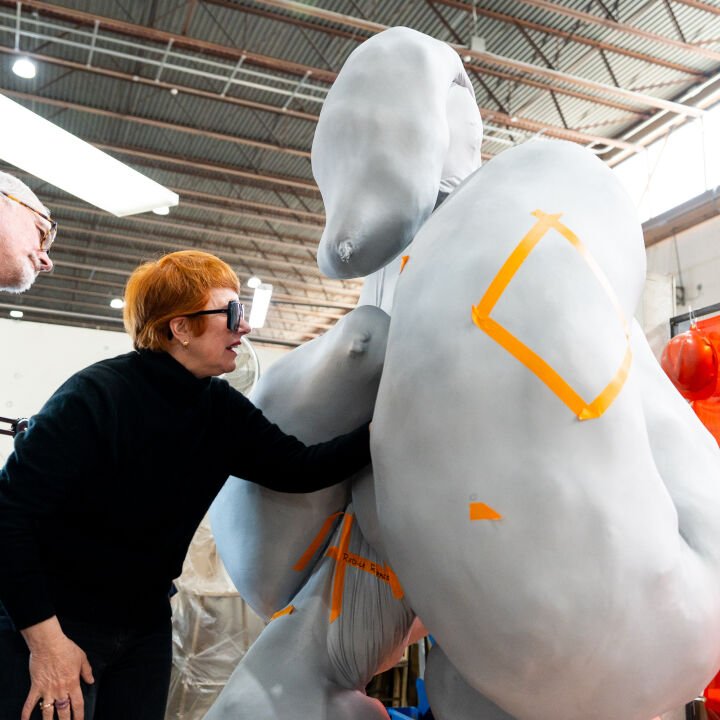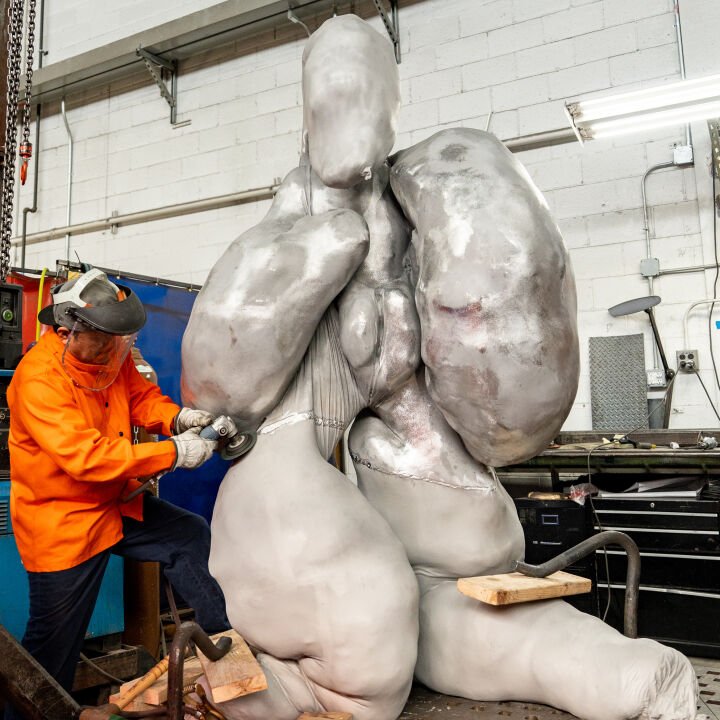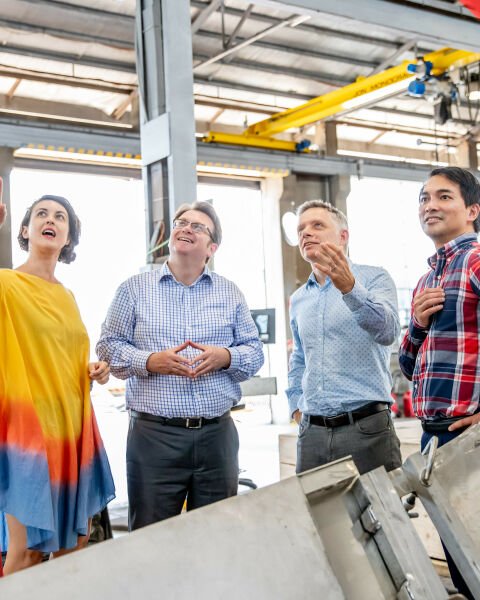Polly Borland's 7-foot-tall sculpture BOD at Marfa Invitational in Texas
Installed amongst the high Chihuahuan Desert plains, Polly Borland's BOD will be amongst the ethereal light and expansive space of far West Texas and the historied backdrop of Marfa.
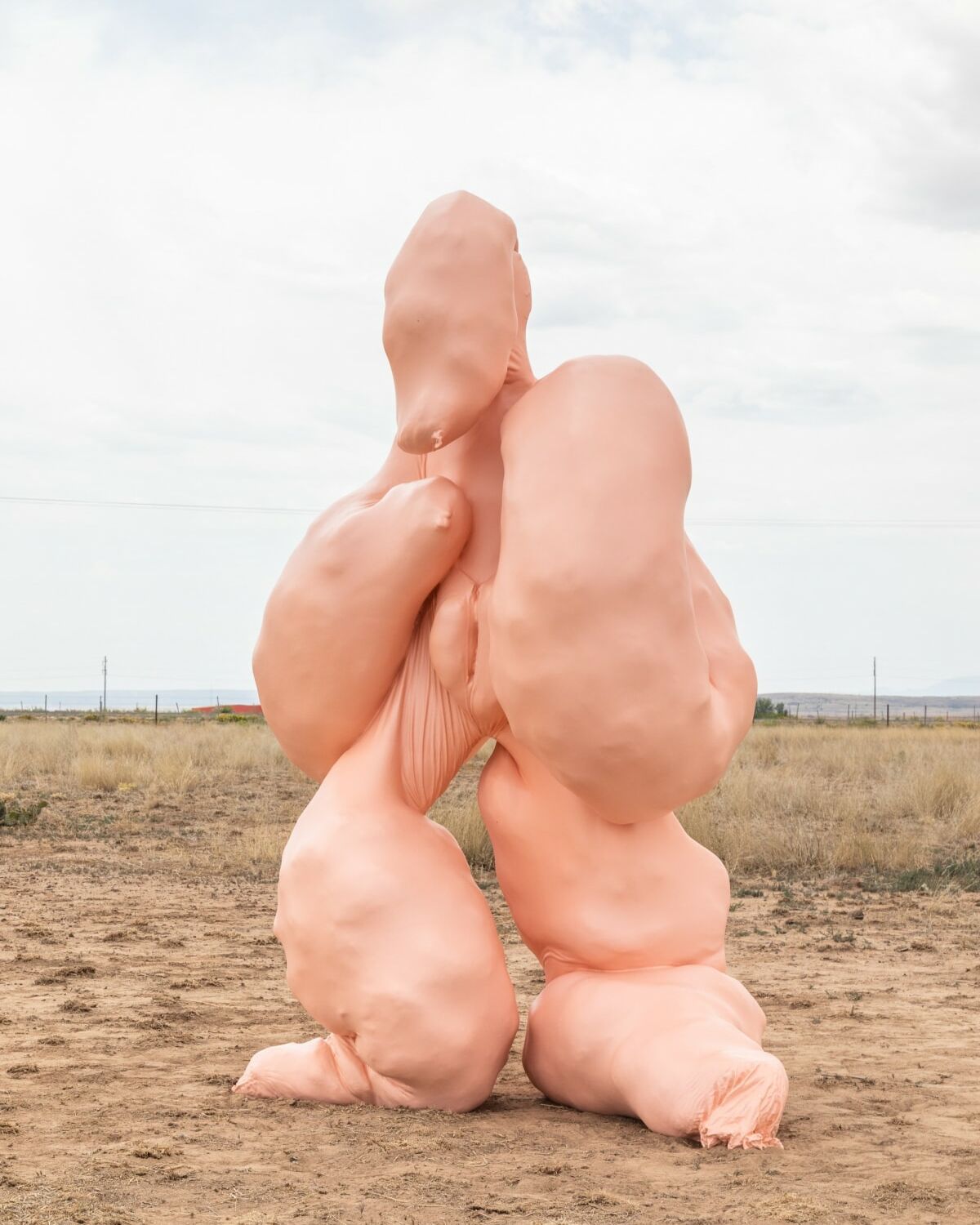
Polly Borland’s monumental sculpture, BOD (2023), will be included as part of this year’s Marfa Invitational’s “MONUMENTS” section in the dry grassland of the Michael Phelan Foundation. The world-renowned photographer, famous for her images of models claustrophobically wrapped in carbuncled cotton stuffed pantyhose, has rendered such a figure into a life-sized sculptural form. BOD is a 7-foot-tall cast aluminium figure taken from a live performer wrapped in Borland’s same signature soft sculpture. The seemingly flesh-like or gooey abstracted figure, finished in matte automotive paint, embraces a new sculptural potential of the artist’s original abstracted forms. The painstaking lost wax cast process, done with the help of a team of collaborating craftspeople and artisans at Hudson Valley, speaks to Borland’s continued interest in pushing the boundary of her artistic practice. Over the course of one year, the pink, towering tangle of bulbous forms, over seven feet high, will stand looming above visitors who approach it in the dusty desert.
BOD's soft and fleshy allure belies the sculpture's resolute solidity – a strange combination of heroic, steadfast metal enveloping in an undulating, almost damp, nacreous surface. Hints of the human emerge beneath tight tugs of fabric: an exposed long neck, a jutting elbow, the crook of an ankle or the soft edges of an ear, each of which reminds us of our physicality and immediately connect us to the implicit human presence within. Echoing the photographic origins of Borland's practice, the viewer reprises the role of the photographer, searching with their lens to connect with the ghost beneath the shell as it gazes into the arid abyss.
Aside from two-foot-tall preparatory maquettes, the prelude to Borland's first foray into sculpture was the artist's iconic 2018 photographic series Morph (2018). The series serves as a dramatic, almost surrealistic expansion of Borland's visual language, with her attention to colour and reimagining of form at the forefront. Morph captures a model against a flat-coloured background, enveloped in coloured pantyhose material stuffed with rough cotton fluff. In conjunction with her strange postures and crumbled poses, Borland disfigures the female body to the point of grotesque abstraction. Morph creates divergent moods: horrific, claustrophobic imprisonment contrasted by the perceived sensation of safety marked by sensual swaddling of the nude; the works are human and inhuman at the same time. Overall, BOD carries the strange gestures of morphing into a new realm by evolving it into a three-dimensional form.
The artist's decision to move into sculpture began with a chance meeting with future collaborator Dan Tobin, a founder of Art Makers and the co-founder of UAP. Their conversation led to the revelation that Borland had already been working as a sculptor throughout her photographic practice without truly realizing it. In addition to Morph, in NUDIE (2021)—her nude and subversive "selfie" photographs—the artist served as her own model, manipulating her flesh in front of an iPhone lens with such surreal proximity that her own skin closely resembled sculptural material. Noticing Borland's persistent impulse to see the body as sculpture, Tobin invited the artist to a residency and multiple foundry visits to explore her sculptural practice with a myriad of materials at her disposal.
With the concept of pulling the sculpture out from within the Morph photographs' two-dimensional plane, BOD begins.
'BOD (2023)' was created at our foundry in Rock Tavern in close collaboration with the artist, Nino Mier Gallery and funded by Art Makers.
#相关文章
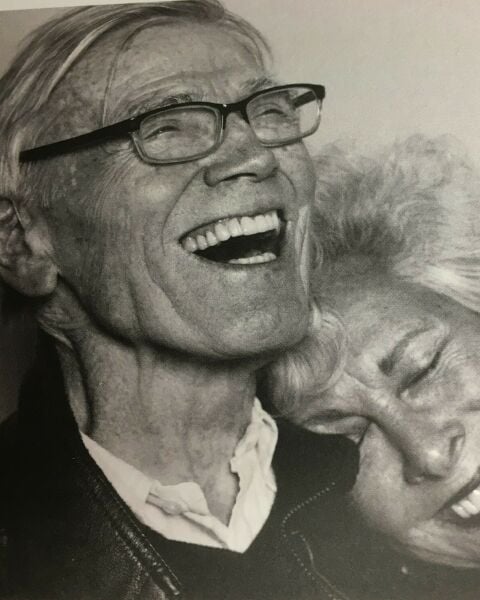
Remembering Dick Polich
On Sunday, November 13, 2022, Richard F. (Dick) Polich passed away peacefully in hospice. He was 90. Polich made an enormous contribution to art over the past 50 years through his art foundries: Tallix, Polich Art Works and Polich Tallix.

Melbourne’s Public Art: Driving Cultural and Economic Value
The Urban Developer Article Feature
By Anna Brash, Associate, UAP
